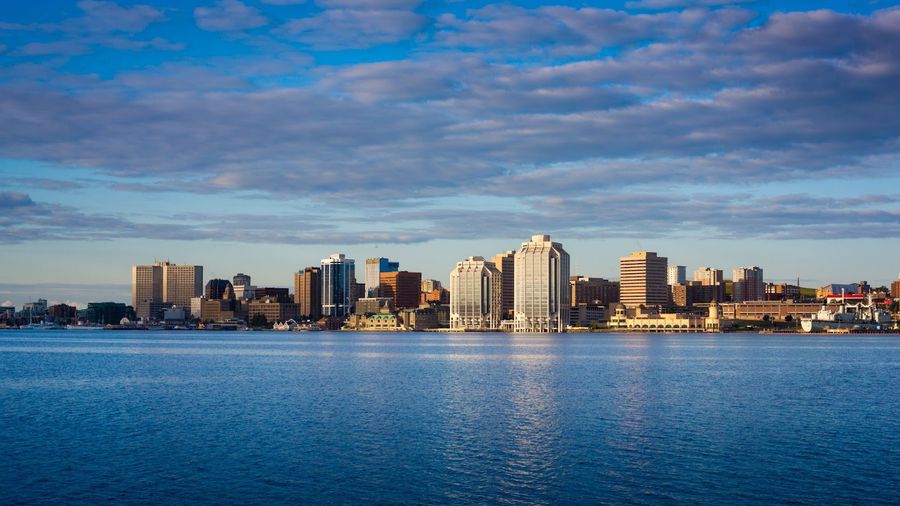Last Updated on November 20, 2023 by CREW Editorial
Canada’s three biggest cities will be the main recipients of a record number of permanent residents slated to arrive through 2023, and that bodes well for the cities’ luxury real estate markets, which have a lot of room for growth, but don’t count out sleeper markets, says the president and CEO of Engel & Völkers Americas.

“The premium markets in cities like Toronto, and Vancouver will continue to command international interest, but Halifax and Ottawa are premium markets to watch,” said Anthony Hitt. “The real estate market has proven to be a safe and sound place to invest. Canada’s major cities are largely undervalued compared to other global destinations, leaving room for market appreciation. However, international buyers are mostly attracted to Canada for its lifestyle and culture. For example, Vancouver’s appeal is its close proximity to nature. Toronto is known for its diversity and culture. Montreal attracts interest from French-speaking countries like Belgium. People want to purchase property that is a sound investment, but also rivals the lifestyle they are used to in their home countries.”
Luxury buyers are primarily drawn to metropolitan cities because they’re usually centres of commerce, but Hitt noted that as smaller cities not typically recognized for their business sectors begin cultivating niche industries, their allure with moneyed buyers will grow.
“Lately we’ve been seeing other cities emerge as luxury property destinations, like Ottawa and Halifax. International buyers are drawn to Ottawa for its growing entrepreneurial and tech industries, where companies like Shopify are basing Canadian headquarters and recruiting international experts from Silicon Valley and San Francisco,” he said. “Halifax is a luxury market that is still new, but has great potential due to the unparalleled lifestyle one can find in the East Coast.”
International buyers aren’t the only purchasers of luxury real estate, reminded Don Kottick, president and CEO of Sotheby’s International Realty Canada, adding that remote working configurations sparked a housing rush predicated on securing adequate space. Moreover, as desirable as Canadian real estate is globally, Canadians have been the driving force behind luxury purchases in large and small cities alike—a trend wholly abetted by record-low borrowing rates and stability in real estate as an asset class.
“One thing the pandemic has taught us is the importance of home and space. Affluent Canadians seeking to improve their lifestyles have been the driving force behind the increase in luxury activity across the country. People are willing to pay more to increase and elevate their living spaces, whether that is by upsizing, or by moving to a home that offers higher-quality design, finishes and amenities,” he said.
“Low-interest rates and the desire to diversify asset portfolios, given recent turmoil in the stock market, is also motivating many to invest more into their homes, or into vacation and investment properties. At the same time, many Canadians who were fortunate to remain employed through the pandemic have significant cash savings, and with recent speculation about the risk of inflation, some are choosing real estate as a place to invest their finances.”
Neil Sharma is the Editor-In-Chief of Canadian Real Estate Wealth and Real Estate Professional. As a journalist, he has covered Canada’s housing market for the Toronto Star, Toronto Sun, National Post, and other publications, specializing in everything from market trends to mortgage and investment advice. He can be reached at neil@crewmedia.ca.









